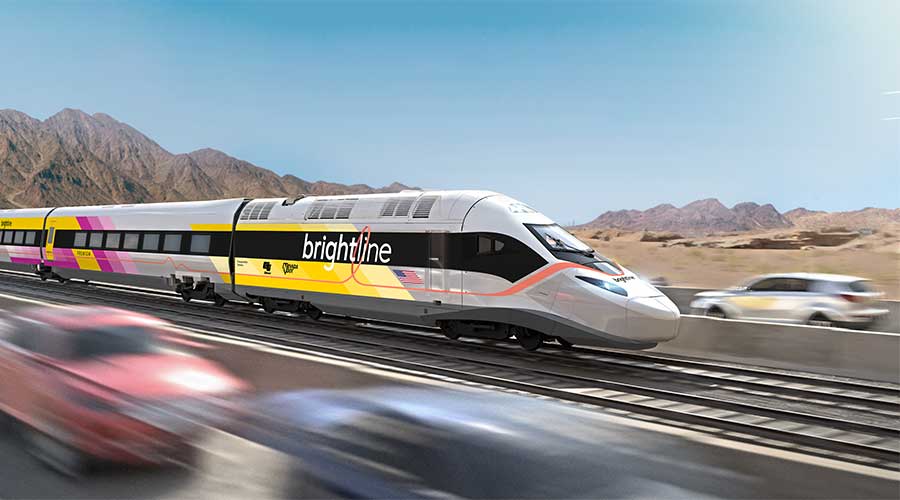Stay updated on news, articles and information for the rail industry
May 2009
Rail News: Passenger Rail
The Stimulus Express: Stimulus & Transit
By Angela Cotey, Associate Editor
When President Obama signed the $787 billion American Recovery and Reinvestment Act of 2009 (ARRA) into law on Feb. 17, the government’s goal was to create jobs and jump-start the economy. It’s a little early to discern whether the recovery act is making a difference to the economy as a whole, but it’s definitely helping to stimulate the transit-rail industry.
The bill is channeling much-needed capital dollars to transit agencies, which are hurting financially because of lower sales tax revenue and state budget cuts in light of the recession. Agencies can’t use stimulus money to fund operations, but can use it to expand and upgrade their systems.
Amtrak’s $1.3 billion stimulus allocation — an amount nearly equal to its annual appropriation — will enable the national intercity passenger railroad to start chipping away at a handful of long-deferred projects to help bring facilities, track and rolling stock to a state of good repair.
And, states will finally have a real opportunity to advance high-speed rail programs with an $8 billion stimulus earmark — the first major federal funding commitment for high-speed rail in the United States. The amount is far short of what’s actually needed to carry out high-speed plans in the 10 federally designated corridors, but it’s a good first step.
“It’s a really exciting time for this industry,” says Sherry Little, former deputy administrator and acting administrator of the Federal Transit Administration (FTA), and co-founder of transportation consulting firm Spartan Solutions. “There’s never been more enthusiasm, both because of the funds and having a president in the White House talking about high-speed rail and transit investments — and putting his money where his mouth is.”
Transit agencies, Amtrak and high-speed rail authorities are eager to show what they can do with the money. They’re working to get the most bang for their stimulus buck while ensuring they follow strict recovery act regulations and accountability standards, all at the fast pace demanded by the recovery act deadlines. There’s pressure to spend the stimulus dollars quickly — and wisely.
“You have to think about what’s in front of you this month, this year, but you also have a stewardship responsibility,” says Patrick Simmons, director of the North Carolina Department of Transportation’s Rail Division. “Are we taking steps now that will serve us in 2030, 2050 and beyond?”
Other transit industry officials are thinking big-picture, too. The recovery act has established the Obama Administration as a transit ally and transit execs hope the Democratic-controlled Congress will be equally supportive. As Congress gears up to debate the upcoming surface transportation authorization, transit advocates are wondering how the strong federal commitment in the stimulus package might carry over to a long-term increased investment in rail.
“This is kind of a dry run for funding transportation over the long haul,” says Little. “How can transit agencies take advantage of the money to show what they can do? It’s a way to demonstrate all the benefits that can come as a result of robust investment in transit.”
Evidence of that investment crops up almost daily, as new stimulus-funded projects are announced and contracts are awarded. What follows is a representative sampling of the agencies and projects that are benefiting from stimulus dollars — and the implications of the legislation’s three largest transit-related components on the industry. 
Keywords
Browse articles on stimulus funding transit high-speed rail AmtrakContact Progressive Railroading editorial staff.


 2025 MOW Spending Report: Passenger-rail programs
2025 MOW Spending Report: Passenger-rail programs
 Gardner steps down as Amtrak CEO
Gardner steps down as Amtrak CEO
 Guest comment: Oliver Wyman’s David Hunt
Guest comment: Oliver Wyman’s David Hunt
 Women of Influence in Rail eBook
Women of Influence in Rail eBook
 railPrime
railPrime







